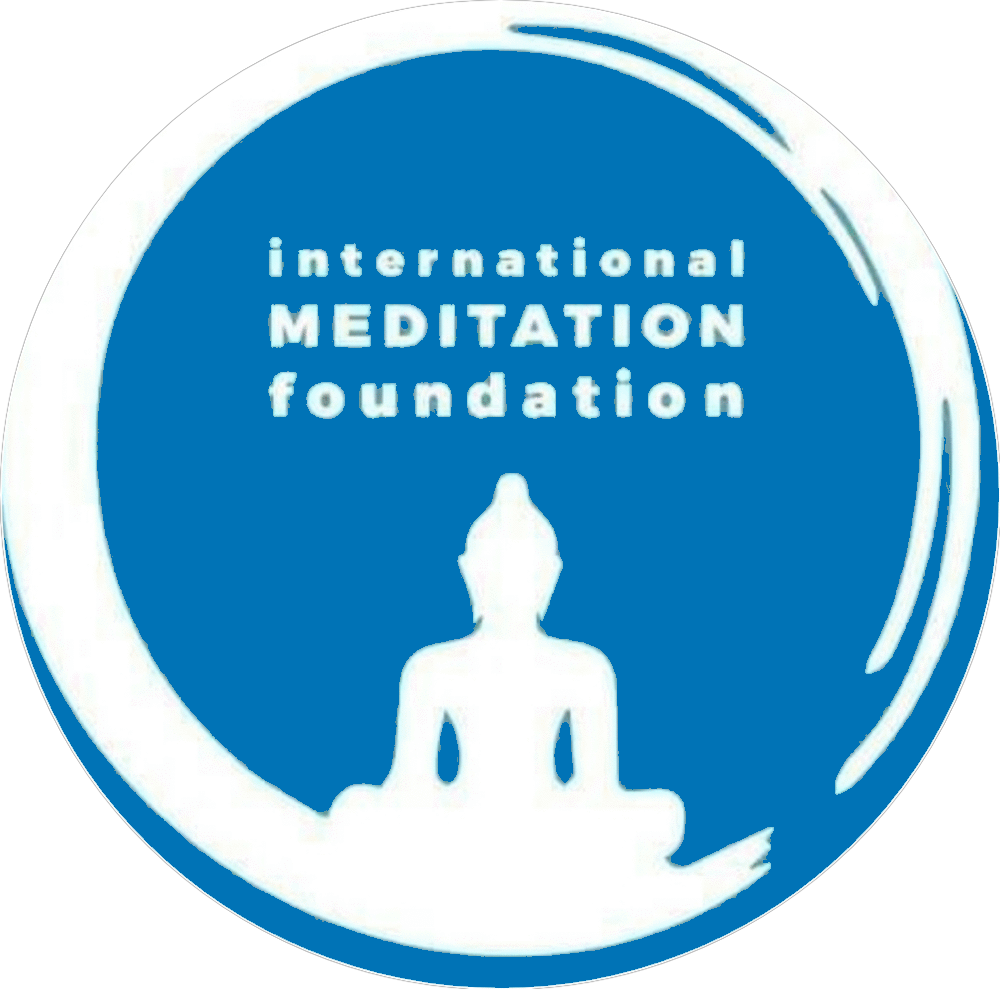When we think of meditation, we often picture a person seated in a straight-backed, cross-legged position, with their eyes closed. But is meditation really just about the physical posture? According to the teachings of Ādi Śaṅkarācārya, meditation goes beyond the external appearance and is about finding a posture that allows for spontaneous and uninterrupted contemplation of the Truth.
सुखेनैव भवेद्यस्मिन्नजस्रं ब्रह्मचिन्तनम् आसनं तद्विजानीयान्नेतरत् सुखनाशनम् ॥ ११२ ॥
सिद्धं यत्सर्वभूतादि विश्वाधिष्ठानमव्ययम् । यस्मिन्सिद्धाः समाविष्टास्तद्वै सिद्धासनं विदुः ॥ ११३ ॥sukhenaiva bhaved-yasminn-ajasram brahma-cintanam, āsanaṁ tadvijānīyān-netarat-sukhanāšanam. siddham yatsarvabhūtādi viśvādhişthānam-avyayam, yasminsiddhaḥ samāviṣṭās-tadvai siddhāsanam viduḥ.
सुखेन – easily; एव – verily; भवेत् – becomes; यस्मिन् – where; अजस्रं – unceasingly; ब्रह्मचिन्तनम् – meditation on the Truth; आसनम् (इति)- to be posture; तत् – that; विजानीयात् – should know; न – not; इतरत्- any other, सुखनाशनम्-destroying happiness सिद्धम् – well known; यत् – which; सर्वभूतादि – the origin of all beings; विश्वाधिष्ठानम्- the support of the whole universe; अव्ययम्-immutable; (इति – thus); यस्मिन्- in which; सिध्दाः – Siddhas (the Enlightened ones); समाविष्टाः – completely absorbed; तत्-that; वै – alone; ( पण्डिताः – the wise); सिद्धासनम्- as siddhasana; विदुः – know
In the scriptures, we are given guidelines on where to sit, what to sit on, how to sit, and what to do during meditation. It is recommended to choose a clean and quiet place, neither too high nor too low, and not underground. The seat should be comfortable, allowing the body to remain straight and steady. It should also act as a non-conductor of electricity and protect from dampness. A simple arrangement of a blanket with a cotton cloth over it can serve this purpose.
According to the Yogasutras, an āsana is a posture in which the body and mind remain still, steady, and comfortable. Haṭha Yoga, on the other hand, presents 84 different postures that help keep the body fit, healthy, and supple, while also purifying and steadying the mind. Among these postures, there are several that are particularly conducive to the practice of meditation, such as sukhāsana, padmāsana, svastikāsana, and siddhāsana.
It is important to note that āsanas are not mere exercises but a practice of postures. Many people mistakenly believe that practicing postures and breathing exercises alone constitute Yoga. However, āsana is just one of the eight limbs of Aṣṭāṅga Yoga, which also includes self-control (yama), discipline (niyama), and culminates in absorption in the Self (samādhi). To truly practice Yoga, it is recommended to learn from a Guru who is established in Yoga.
It is not uncommon for beginners to experience some discomfort and effort when first attempting to sit in an āsana. However, with regular practice, one can sit still, comfortably, and effortlessly for extended periods of time. As one becomes accomplished (siddha) in their āsana, they become unaffected by external factors such as heat, cold, pleasure, and pain.
I once knew a saint who would practice sitting still in his spare time after work. He was always calm and cheerful, and he would advise others to remain still whenever possible. This highlights the transformative power of finding a steady posture and cultivating inner stillness.
After taking care of our seat and posture, what should we do next? The scriptures guide us to control our senses and mind, integrate our mind and intellect, and focus on the Self. We should aim to remain seated undisturbed and unperturbed by external situations. By practicing in this way, we can effortlessly and comfortably abide in the Self, even in the face of great sorrows or difficulties.
Initially, our focus is on maintaining a steady physical posture (āsana sthairyam). Then, we turn our attention to the mind, aiming for a peaceful and happy state (sukha sthairyam). Finally, we strive to make our contemplation on the Self or Truth steady (svarūpe sthairyam). This is what is referred to as āsana meditation. With practice, abiding in the Truth becomes effortless.
To remain in that Truth in which the accomplished (siddha) or Realized ones abide, which is the unchanging foundation of the entire world and all beings, is known as siddhāsana. It is not just a physical posture but a state of being, where one is firmly established in the Truth.
In conclusion, while the physical posture is an important aspect of meditation, it is not the sole focus. The posture serves as a means to create a conducive environment for the mind to settle and contemplate the Truth. By finding a comfortable and steady posture, we can enhance our meditation practice and experience the profound benefits of inner stillness and self-realization.
